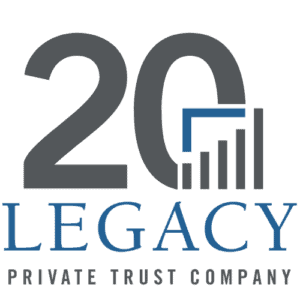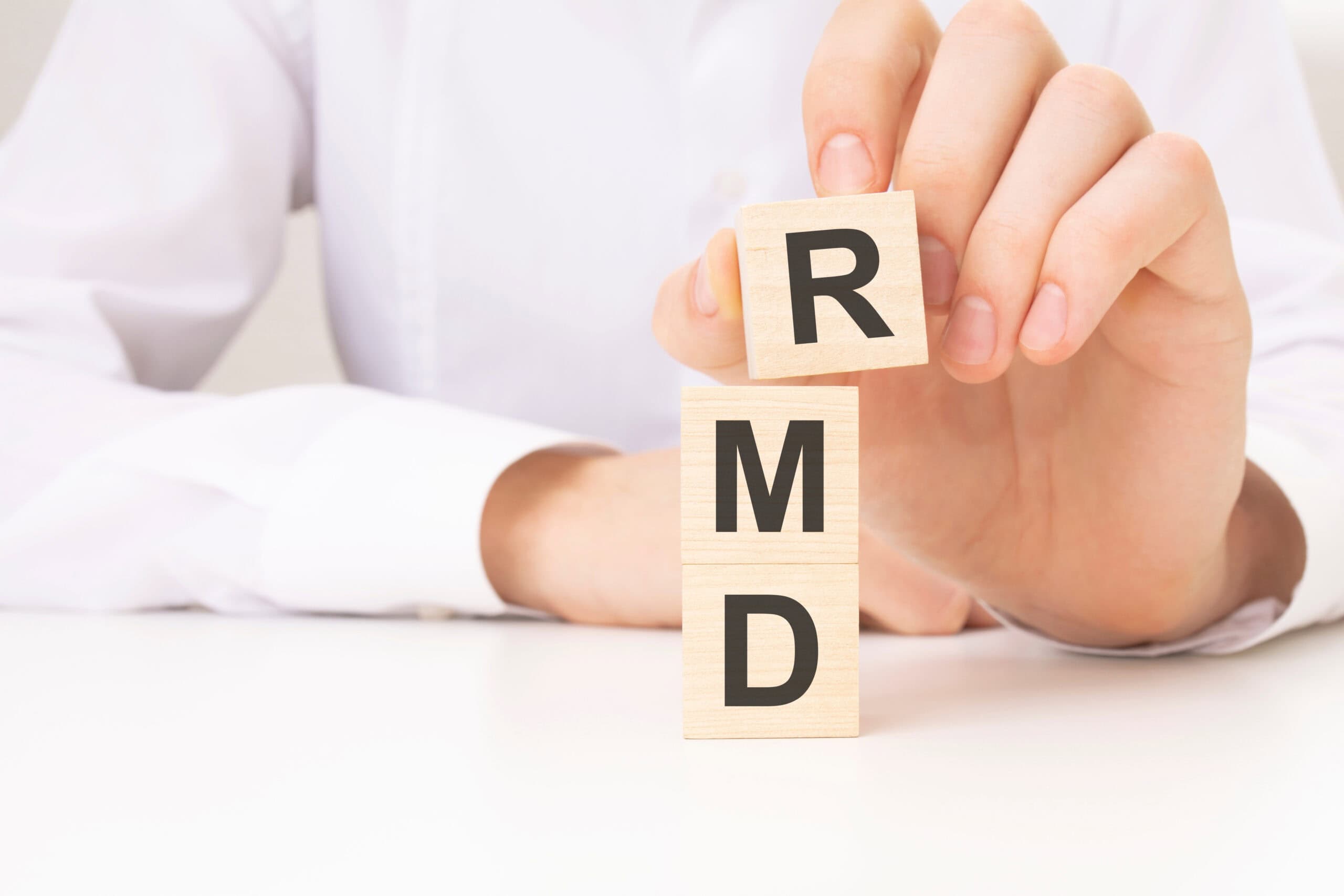Understanding Required Minimum Distributions (RMDs) is crucial for any individual with a traditional Individual Retirement Account (IRA). It’s not just about compliance but also about optimizing your financial planning and ensuring a smooth transfer of assets. In this guide, we’ll delve into the intricacies of RMDs, including the latest regulations, age requirements, and distribution options for beneficiaries.
Understanding RMDs and Their Importance
Required Minimum Distributions, commonly known as RMDs, are mandatory annual withdrawals that traditional IRA owners must commence at a specific age. These regulations ensure that retirement savings are eventually distributed rather than accumulating indefinitely.
Current Required Minimum Distributions Age Requirements
As of January 1, 2023, the age at which you must start taking Required Minimum Distributions depends on your birth year. If you were 72 on or before December 31, 2022, you’re already within the distribution phase. For those who weren’t 72 by this date, the first distribution must be taken by April 15 of the year following the attainment of age 73.
The Ten-Year Rule and Recent Updates
The ten-year rule, a significant update to RMD regulations, mandates that beneficiaries empty the inherited IRA within ten years of the original owner’s death. This rule saw clarification from the IRS via Notice 2022-53, especially for beneficiaries who missed RMDs in 2021 or 2022, assuring them of no penalties. Interestingly, Required Minimum Distributions were waived in 2020 due to COVID-19, but normal rules resumed in 2023.
IRA Ownership Transfer Upon Death
The account is typically transferred to a designated beneficiary upon an IRA owner’s death. The options available to the beneficiary depend on their relationship to the deceased, falling into two main categories: eligible designated beneficiaries and designated beneficiaries.
Eligible Designated Beneficiary Options
Eligible designated beneficiaries include the spouse, minor children of the deceased, disabled or chronically ill individuals, and those not more than ten years younger than the IRA owner. Spousal beneficiaries, for instance, have the option to roll over the IRA into their account or continue as an inherited IRA, with specific rules depending on whether the original owner had started Required Minimum Distributions.
Non-Spouse Beneficiary Options
Non-spouse eligible beneficiaries can opt for distributions over their own or the original owner’s life expectancy or adhere to the ten-year rule. Designated beneficiaries who do not fall under the eligible category are generally required to follow the ten-year rule.
Impact of the SECURE Act of 2019
The SECURE Act brought significant changes for IRA beneficiaries, particularly for deaths occurring after December 31, 2019. For deaths pre-2020, the distribution rules vary. Spouse beneficiaries can opt for rollover or inherited IRA options based on life expectancies. Non-spouse beneficiaries also have distinct rules depending on the timing of the original owner’s death relative to the RMD starting date.
Maximizing Your Retirement Strategy with Informed RMD Decisions
Navigating the complexities of Required Minimum Distributions can be daunting, but it’s critical to managing your retirement assets effectively. By staying informed about the latest regulations and understanding the different distribution options available, IRA holders and beneficiaries can make well-informed decisions. As always, consulting with financial advisors or tax professionals is advisable for tailored guidance suited to your individual circumstances. Remember, the goal is compliance and ensuring that your retirement savings serve you and your beneficiaries as intended.
If you are a Legacy client and have questions, please do not hesitate to contact your Legacy advisor. If you are not a Legacy client and are interested in learning more about our approach to personalized wealth management, please contact us at 920.967.5020 or connect@lptrust.com.
This newsletter is provided for informational purposes only.
It is not intended as legal, accounting, or financial planning advice.




